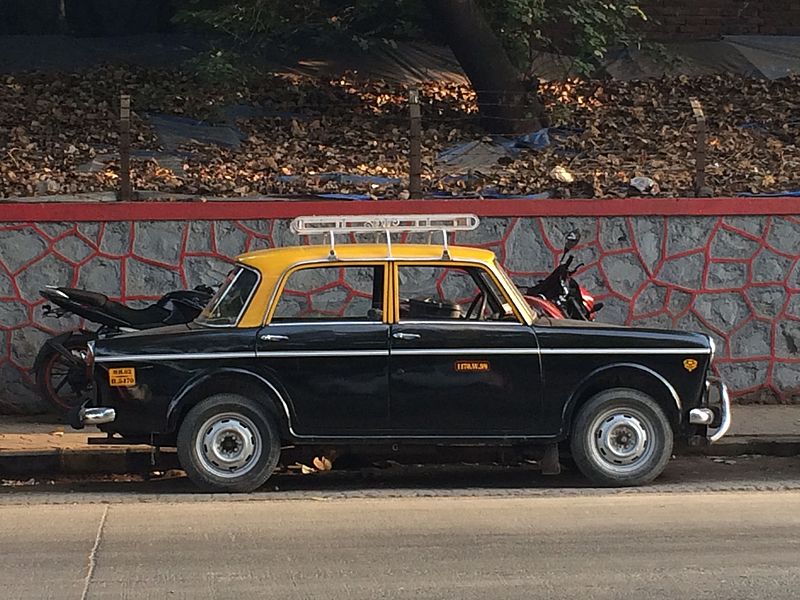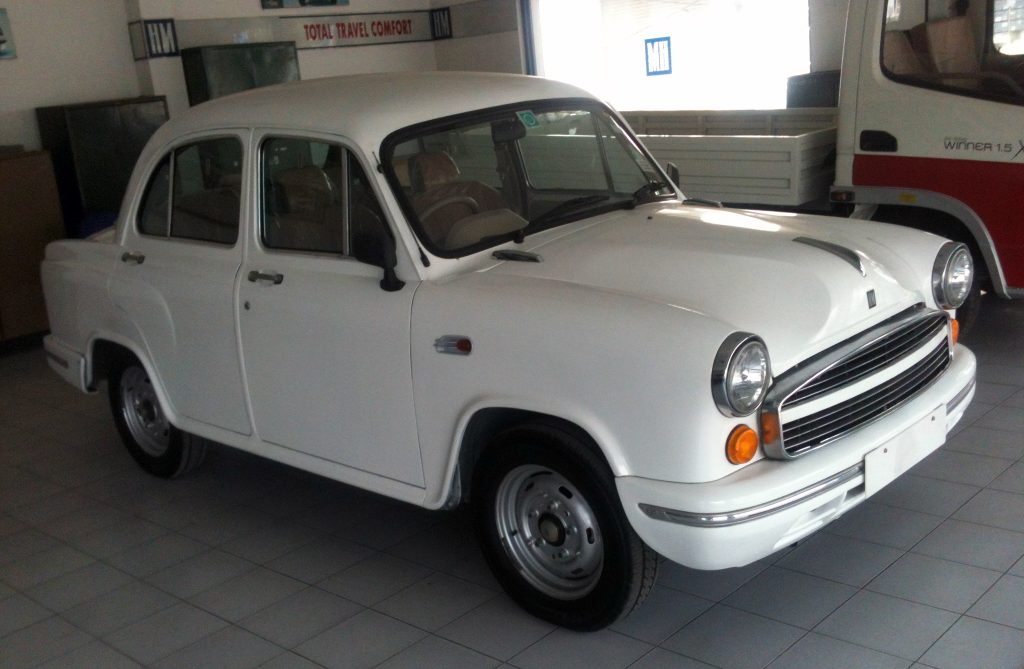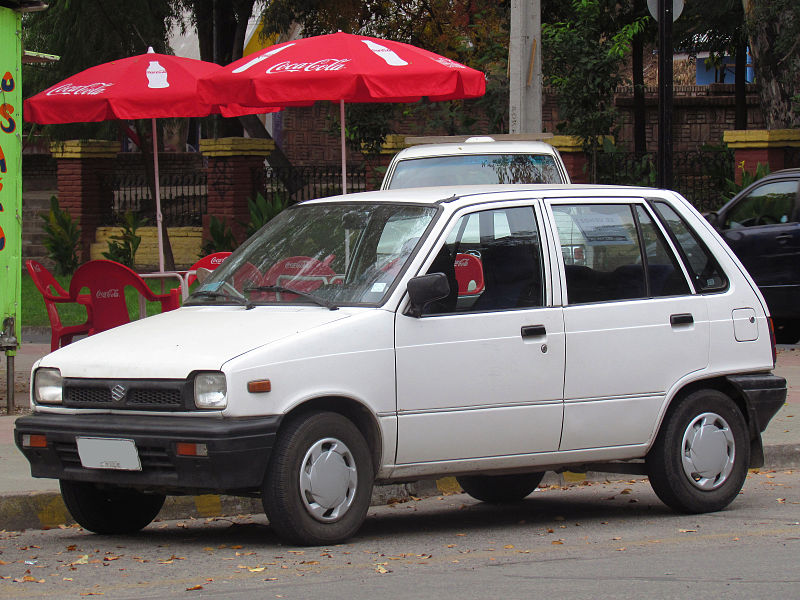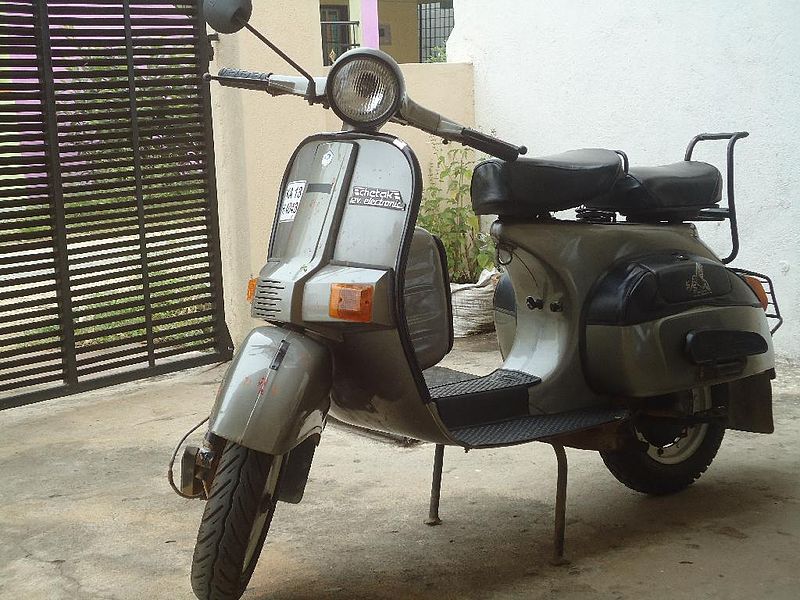The post The Streets Of Mumbai Are Seeing The Last Days of The Premier Padmini appeared first on FWD Life | The Premium Lifestyle Magazine |.
]]>Text credit: Charishma Thankappan
Like all good things that come to an end, one of the iconic symbols of Mumbai is in its last days. The epochal yellow and black Premier Padmini taxis that were once ubiquitous in the lanes and by-lanes of the city, are on their way out.

Manufactured by Premier Automobiles Limited, the omnipresent public mode of transport has been a reliable service to the people of India’s Maximum City since the 1970s. The production of the city’s well-loved taxi has finally ceased, even as the government’s decree of phasing out automobiles older than 25 years came into place in 2008.
Taxis became swankier with time, moving from the Padmini to Hyundai Santro, to several of the new models. Eventually, the entire taxi experience has evolved from hailing one on the streets, to booking one with your fingertips thanks to the likes of Uber and Ola. However, none of the new age plush taxis can wipe off the memories of the creaking doors that needed to be slammed shut, the hand wound windows that needed to be rolled up and down, and the colourful patterns of the upholstery; that have now metamorphosed into nostalgia.
While we bid adieu to this exemplary symbol of Mumbai, let us remember the illustrious vintage fleet it will be joining, that once ruled the hearts and streets of India:
HM Ambassador

Fondly called the ‘King of Indian roads’, the Ambassador was the definitive Indian car that was the pride of Indian car owners from 1958 to the early 2000s. Manufactured by Hindustan Motors, it was the symbol of luxury for one of the first generation of indigenous Indian car owners. It later became the face of taxis in Kolkata.
Hindustan Contessa

Another classic from the stables of Hindustan Motors, the Contessa was the more modern face of Indian car that put it at par with American cars in terms of looks and design. In production from 1984 to 2002, the car was popular for its contemporary appearance but lost out for its underpowered engine.
Maruti 800

The first of the city cars that became the mass car, the Maruti 800 captured the Indian auto market like a storm. Affordable, yet meeting the requirements of a modern family car, it remained the ‘best selling car’ in India till 2004 from its inception in 1983.
Bajaj Chetak

The handy all-time go-to vehicle for all Indians, the Bajaj Chetak was the forefather of Scooters in India. From solo riders to accommodating the entire family, the Bajaj Chetak pervaded the heart and soul of the country for its affordability and ease of use. It was a collective emotional moment when its production was halted in 2006 after its birth in 1972. It was what truly proved to be “Hamara Bajaj” for millions of Indians.
Yamaha RX 100

The bike that gave the youth of India wings of freedom and mobility, the Yamaha RX 100 was an instant hit when it was launched in 1985. It rose to a cult status and set into motion the beginning of the biker generation in India. The Japanese company ceased its production in 1996.
The post The Streets Of Mumbai Are Seeing The Last Days of The Premier Padmini appeared first on FWD Life | The Premium Lifestyle Magazine |.
]]>